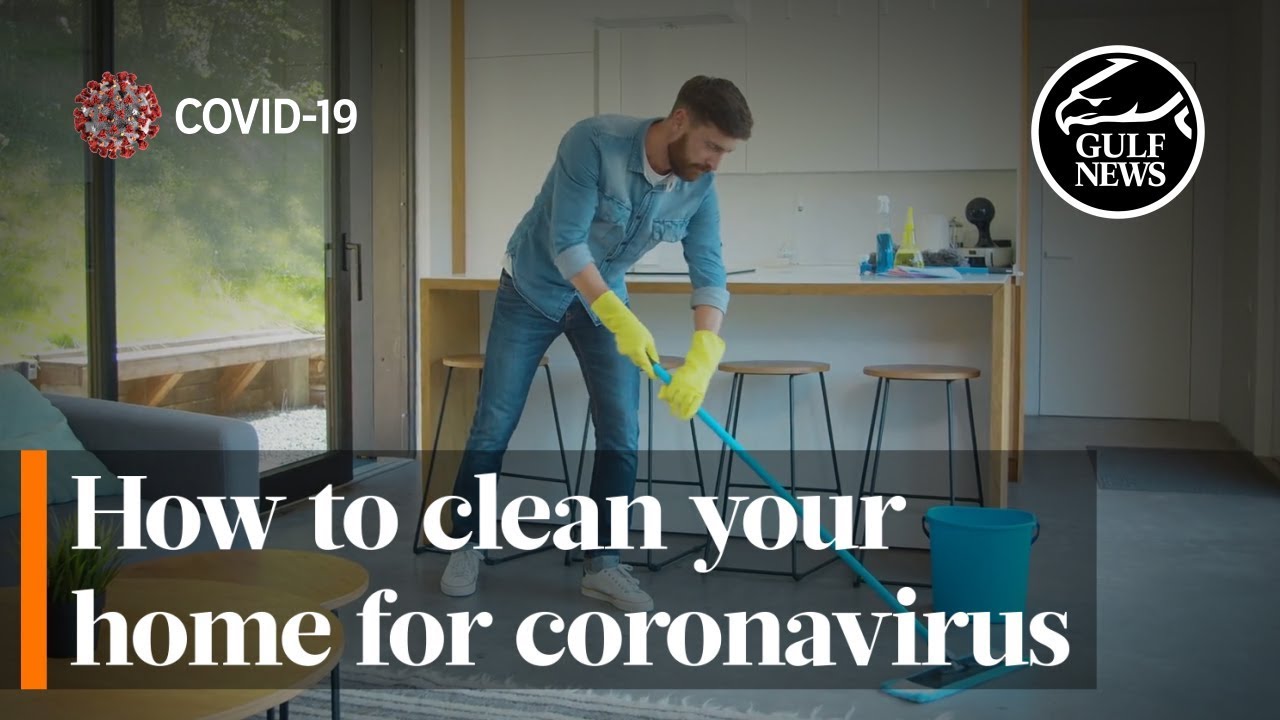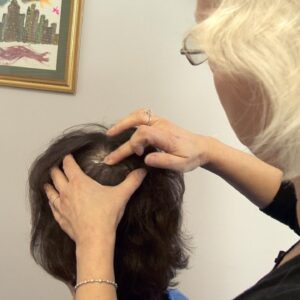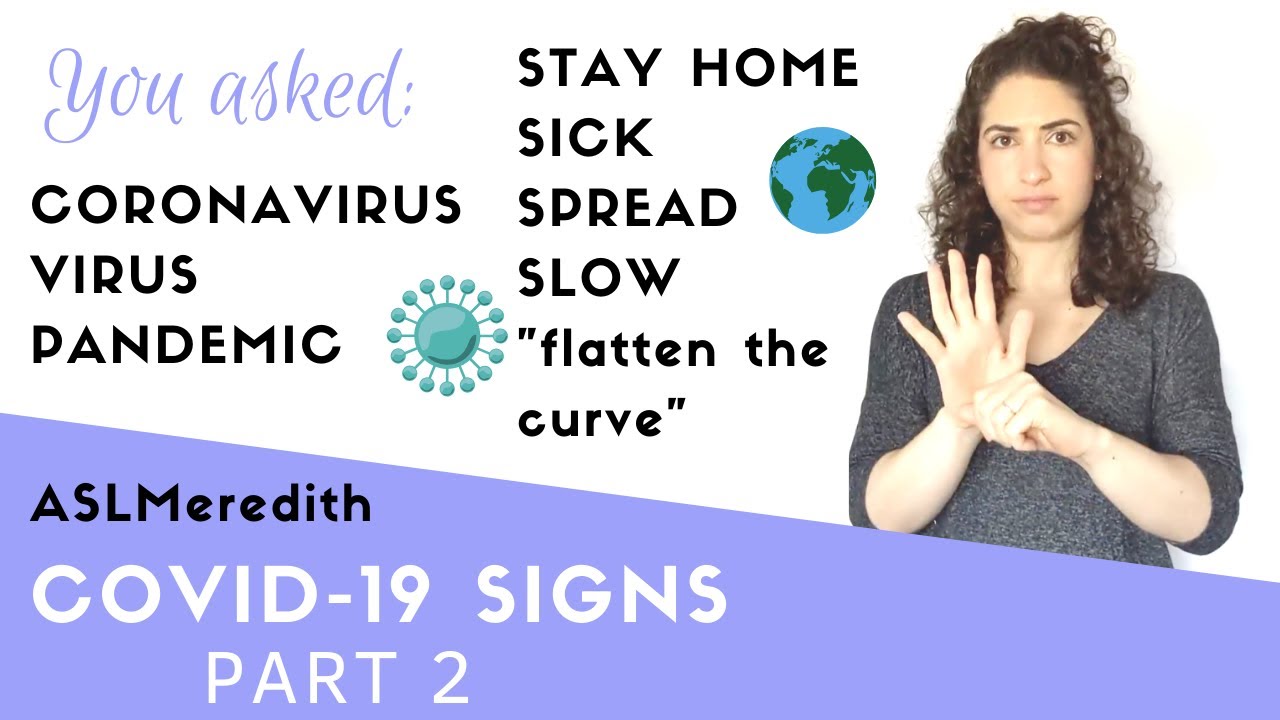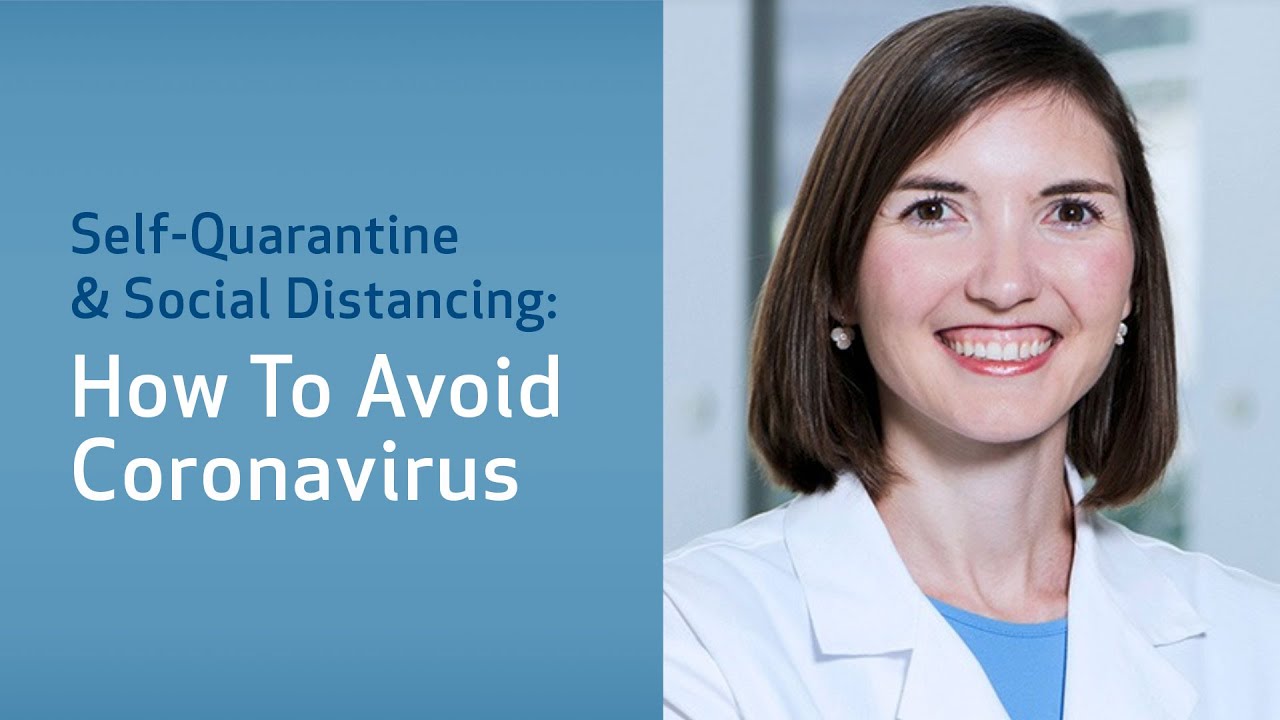If you have recovered from COVID, you must disinfect your home and personal items. Sanitizing kills germs on surfaces and prevents them from spreading. Disinfecting products that are effective against COVID 19 are listed by the Environmental Protection Agency (EPA), but make sure to read the labels to be sure you are using the right ones. Some products may require that you wear personal protective equipment.
Disinfecting surfaces
After COVID recovery, you can reduce the transmission of the disease to others by cleaning surfaces thoroughly. This may take more than simply wiping down the surfaces. Disinfecting these surfaces with disinfectant products will kill germs and eliminate cross-contamination. Using disinfectant products on frequently touched surfaces will reduce the amount of COVID virus found on them. In addition to disinfecting these surfaces, you should also wear gloves and follow label instructions.
When cleaning surfaces after COVID recovery, you should wear gloves and wash all surfaces with soap. Pay special attention to high-touch surfaces and common areas. To disinfect the surfaces effectively, use an EPA-approved disinfectant. Use a diluted bleach solution of at least 1/3 cup per gallon of water. After disinfecting surfaces, wash hands thoroughly with soap and water for at least 20 seconds and remove gloves. To disinfect hands without soap, use hand sanitizers containing 60% alcohol.
To disinfect surfaces, follow a standard cleaning routine. Start by disinfecting toilet floor traps and sink U-traps. Add 2 cups of the disinfectant solution to the sink and toilet floor trap. Clean any other surfaces, including soap dispensers and toilet roll dispensers, with this solution. Do not leave exposed surfaces unwashed for more than three days. After the third day, you can disinfect surfaces with routine cleaning solutions.
Besides disinfecting surfaces after COVID recovery, you should also protect others from the disease. Remember to disinfect light switches, faucets, countertops, and tables to help prevent the spread of germs and bacteria. When possible, use protective clothing and masks, and discard used tissues in separate trash containers. Disinfect everything that was touched by a sick person. This includes the nightstand, bathroom door handles, faucets, and toilet flush.
Handwashing
The role of handwashing in preventing the spread of COVID is well established. Research on this topic shows that more than half of respondents believe they are not at risk of the disease, and 65% perceive symptoms as mild. The impact of handwashing on the prevention of the disease may also be influenced by other factors such as social norms and health behavior. Nevertheless, more research is needed to identify the best prevention methods.
There is a need to assess how much the COVID pandemic impacts compliance with hand hygiene practices. Previous studies have found that handwashing is associated with a reduction in infection rates, but the COVID pandemic may have heightened compliance with this behavior. In this study, we examine the effects of the disease on the intention to continue handwashing after COVID recovery and the relationship between perceived risk and perceived barriers.
A study of the effects of handwashing on the risk of COVID showed that male and female respondents perceived handwashing as effective in reducing the disease burden. This result indicates that males perceive handwashing with soap to be more effective than females, and this gender difference may be related to the respondents’ characteristics or the country’s context. It is therefore important to carefully design promotional messages to maintain this perception of hand hygiene.
In addition to using handwashing solutions and alcohol-based hand rub after COVID recovery, people who have been in close contact with a COVID patient should also be vigilant in maintaining good hygiene. The CDC recommends that caregivers wear an isolation gown and nonsterile gloves prior to entering the patient’s room. Once the gloves are removed, caregivers should perform hand hygiene. If possible, they should also clean hands with alcohol-based hand sanitizer.
Cleaning high-touch surfaces
After recovering from a COVID infection, you may wonder how to clean your home. The virus can live for days on certain surfaces, including light switches, faucets, and counters. Regular cleaning and disinfecting are crucial to reducing the spread of the disease. Ideally, disinfect high-touch surfaces at least once every two days. In addition to cleaning high-touch surfaces after COVID recovery, you should also disinfect surfaces that people have touched during their illness.
If you have contracted the virus, you should thoroughly clean frequently touched surfaces to decrease your risk of spreading the infection to others. This includes tabletops, doorknobs, light switches, counters, desks, faucets, sinks, and faucets. Using a detergent or soap can help reduce the number of germs on these surfaces, which will cut down on the risk of spreading the infection.
Depending on the level of COVID infection, cleaning high-touch surfaces is crucial. Cleaning the surfaces will remove the majority of virus particles on these surfaces. While disinfecting is not required to prevent COVID-19 transmission in the home, it is important to clean high-touch surfaces frequently. Follow product directions. Cleaning high-touch surfaces regularly after a COVID infection is the best way to prevent the spread of the virus.
To reduce the risk of spreading the virus, Facilities Management will continue to clean frequently-touched surfaces daily. Daily cleaning is sufficient for removing the COVID virus from shared objects. However, disinfectants approved by the U.S. EPA should also be used to remove any germs from surfaces to decrease the risk of further infection. Cleaning high-touch surfaces daily will help to protect staff and the general public.
Cleaning respiratory droplets
Cleaning respiratory droplets after COVID recovery is vital to preventing the spread of the disease. Although the coronavirus is not contagious, it may live on certain surfaces for a short time. Following the Interim Guidance for Environmental Cleaning and Disinfection of U.S. Households With Suspected Coronavirus Disease (COPD) 2019, cleaning and disinfecting common areas should be your first priority.




